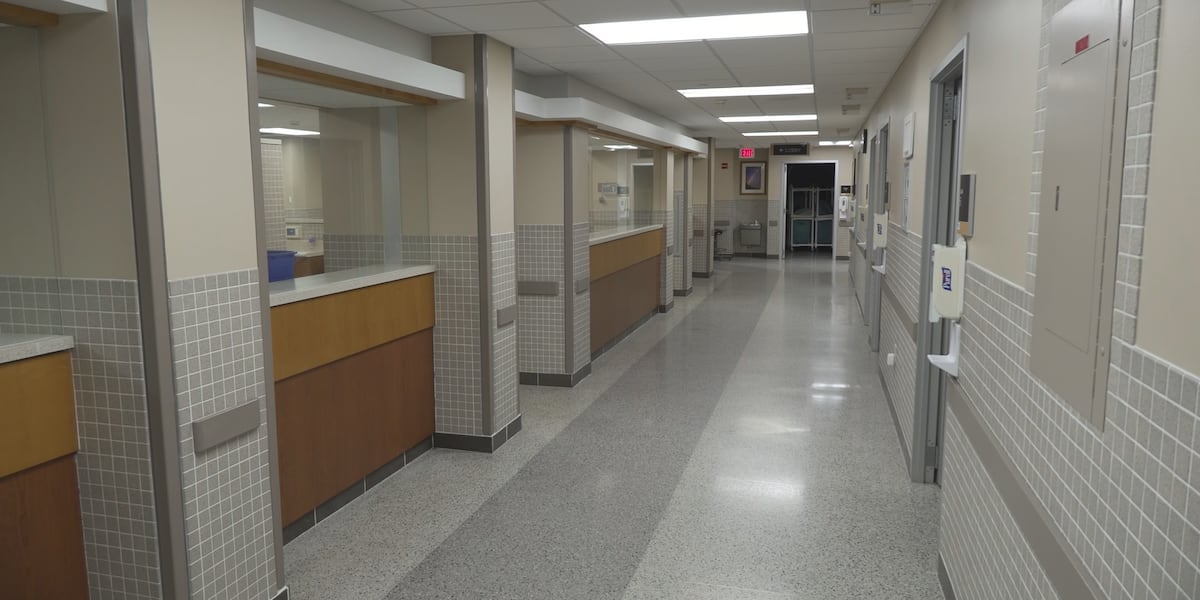Summary
The first phase of the diagnosis-related group (DRG) payment model will begin next year, initially covering minor medical cases, Health Minister Datuk
Source: Malay Mail on MSN.com

AI News Q&A (Free Content)
Q1: What is the Diagnosis-Related Group (DRG) payment model and how does it function?
A1: The Diagnosis-Related Group (DRG) is a system used to classify hospital cases into categories for reimbursement purposes. Developed in the early 1980s, DRGs are used to determine how much Medicare pays hospitals. Each group is designed to have clinically similar patients expected to use the same level of hospital resources. This system helps standardize payments to hospitals, encouraging efficiency by allowing hospitals to keep the difference if they spend less than the DRG payment. DRGs are based on factors such as diagnosis, procedures, age, sex, and presence of complications.
Q2: How is the DRG payment model expected to impact healthcare costs in Malaysia?
A2: The introduction of the DRG payment model in Malaysia aims to curb rising healthcare costs by standardizing payments for medical procedures. By initially covering minor medical cases, the model seeks to control expenditures and improve the efficiency of healthcare delivery. It is anticipated that this approach will reduce unnecessary hospitalizations and align healthcare services with actual medical needs, thereby managing costs more effectively.
Q3: What recent findings have been reported about the cost-effectiveness of the DRG payment model in healthcare?
A3: Recent studies have shown that the DRG payment model can effectively reduce healthcare costs, particularly for complex surgical procedures. For example, a study conducted in Chinese tertiary hospitals demonstrated that DRG payment reform significantly decreased inpatient costs for surgeries and improved resource utilization efficiency. Such findings suggest that DRG systems can contribute to more sustainable healthcare spending by concentrating on the most cost-effective treatments.
Q4: What are some challenges faced in implementing the DRG payment model in developing countries?
A4: Implementing the DRG payment model in developing countries presents several challenges, including the need for accurate clinical coding and data management systems. Moreover, hospitals may face difficulties in adapting to standardized payment structures, especially if they lack the necessary infrastructure and skilled personnel. Additionally, there might be resistance from healthcare providers who are accustomed to existing reimbursement methods. Addressing these challenges requires comprehensive training and system upgrades to ensure successful implementation.
Q5: How does the DRG payment model influence hospital management of resources and patient care?
A5: The DRG payment model encourages hospitals to manage their resources more efficiently by providing a fixed payment for patient care based on diagnosis categories. Hospitals are incentivized to reduce unnecessary services and optimize patient care pathways to remain within the budget allocated by DRGs. This can lead to improved hospital management and patient care outcomes, as hospitals focus on delivering necessary and efficient services.
Q6: What lessons can be learned from the DRG payment model's implementation in high-income countries?
A6: High-income countries have shown that implementing the DRG payment model can enhance healthcare quality while controlling costs. Lessons include the importance of robust data systems and clinical coding accuracy, the need for stakeholder engagement and training, and the benefits of using DRGs to drive innovation in patient care. These experiences highlight the model's potential to improve healthcare delivery and efficiency when properly adapted to local contexts.
Q7: What are the potential policy recommendations for optimizing the DRG payment model in Malaysia?
A7: To optimize the DRG payment model in Malaysia, policy recommendations include strengthening data collection and management systems, investing in staff training for accurate clinical coding, and ensuring transparent communication with healthcare providers about the model's goals and processes. Additionally, continuous monitoring and evaluation of the model's impact on healthcare costs and quality should be conducted to make necessary adjustments and improvements.
References:
- Diagnosis-related group
- The impact of DRG payment reform on inpatient costs for different surgery types: an empirical analysis based on Chinese tertiary hospitals
- Improved management of hospital-acquired infections with DRG-based payment system: an interrupted time-series analysis
- The introduction of the DRG payment caused a 13.5% decrease in hospitalisation costs per admission
- National health care spending reached $4.9 trillion in 2023




